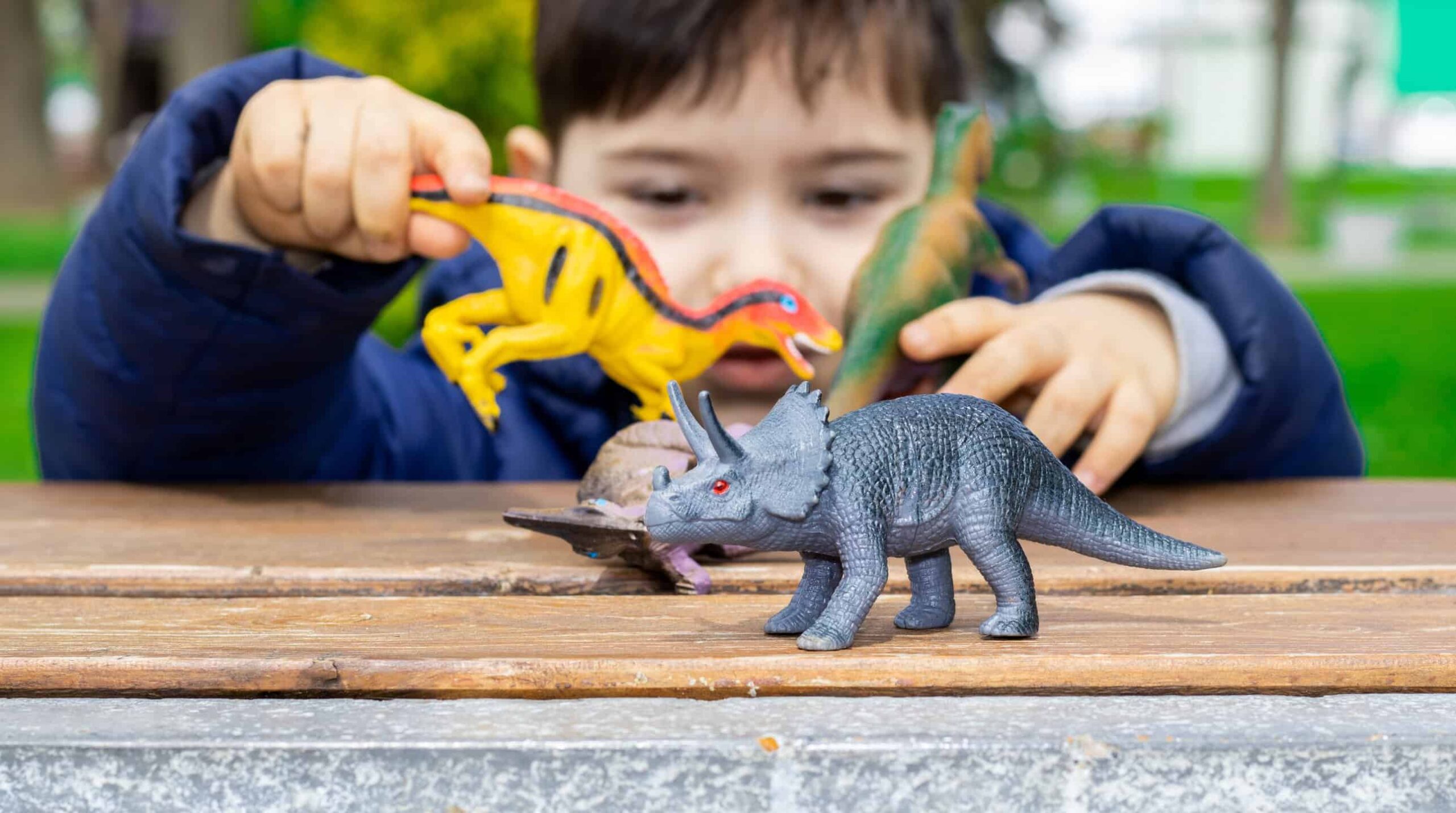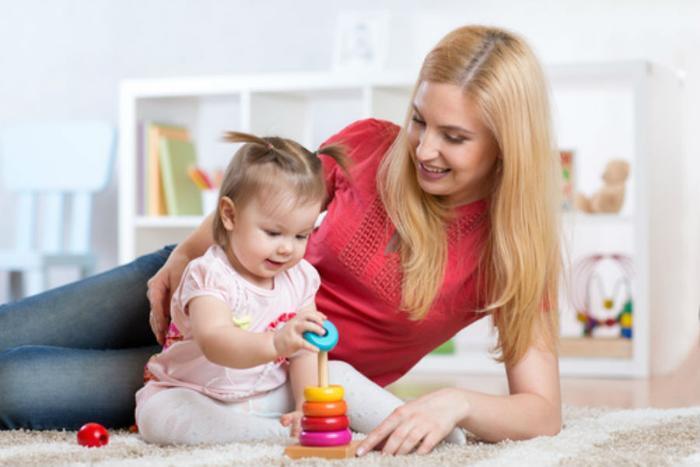Roaring Fun: Extending Dinosaur Playtimes
Does your child love playing with toy Dinosaurs but the play doesn’t seem to be moving beyond ‘roar’?
The benefits of imaginative play and the clear links between this type of play and early language development are well documented. So many of our children love playing with toy animals and dinosaurs seem to be a crowd favourite in our clinics at the moment.
Imaginative play goes far beyond simply portraying dinosaurs as fierce creatures in battle yet many of our children seem to get ‘stuck’ on this type of play when playing with these toy creatures.
By modelling some new ways of playing with dinosaurs, we can encourage our children to develop their play skills, learn important emotional regulation skills, interact cooperatively with their playmates and develop language abilities.
Here are some alternative ideas that you may not have yet considered that promote cooperative play, empathy, and creative problem-solving. If your child continues to prefer the theme of rough, fierce play with dinosaurs…..don’t despair. We have ideas for you to use that will involve both following your child’s lead and extending his or her language skills as you do!
Dino Family time
Encourage your child to re-enact familiar routines with their toy dinosaurs. Instead of requesting that your child follow your spoken instructions, you are likely to have far more success if you model this type of play alongside your child with your own dinosaur. Try involving your dinosaur in taking a bath, going for a walk, dancing to music, getting dressed with some dolls clothes, getting ready for bed, eating a meal, having a tea party etc… The possibilities are endless and help your child to consolidate their comprehension of the steps involved in the routines that are already part of their everyday activities.
Dinosaur Superheroes
Why not combine two different types of ‘popular’ play for young children by having dinosaurs become stuck (in a box, in a muddy bog, at the top of a tree, on a rooftop, in a deep valley)… Each of these imaginary places can be easily created with a bit of imagination. The deep valley can involve a dinosaur being stuck in the crevices of a large bean bag. The muddy bog might be plush carpet and the top of a tree might be your bench top! Have fun calling out out for help and labelling emotions such as feeling brave, worried, frightened, scared, worried, relieved, grateful. It is never to early to start exposing your child to these words that label our emotions. Problem solving skills can also be explored when you both work out how the dinosaur is to be rescued.
Family Adventures
Once your child has noticed and is becoming interested in these new ways of playing with the dinosaurs, you can assign different family roles to different dinosaurs. The family of dinosaurs might go to the beach, play at the park, get on a bus, do the shopping etc… Have fun using different props to extend your play. Remember to keep following your child’s lead. […]


